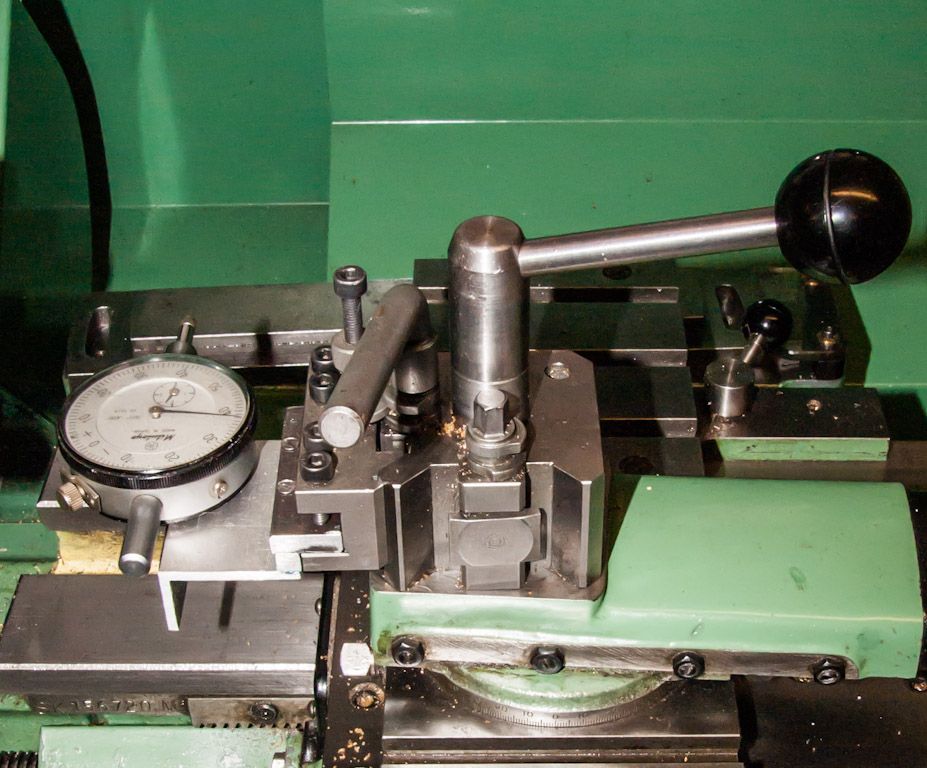Drilling angled holes
Drilling angled holes
- This topic has 26 replies, 11 voices, and was last updated 18 April 2013 at 20:52 by
Sub Mandrel.
- Please log in to reply to this topic. Registering is free and easy using the links on the menu at the top of this page.
Latest Replies
Viewing 25 topics - 1 through 25 (of 25 total)
-
- Topic
- Voices
- Last Post
Viewing 25 topics - 1 through 25 (of 25 total)
Latest Issue
Newsletter Sign-up
Latest Replies
- Anyone know about wells and Victorian plumbing?
- Some help with a Cowells speed controller needed.
- Lantern Pinion
- Emco FB2 and Maximat Mill?
- Museum of Science and Technology of Catalonia
- Fitting DRO to Myford VME mill.
- Geography lesson required? Crossley Engine
- Boiler Examinations: 7-yearly External Query
- Bending EN24t
- Amazing Fellow and his musical machines..






![20130413_131041[1].jpg 20130413_131041[1].jpg](/wp-content/uploads/sites/4/images/member_albums/91596/427842.jpg)
![20130413_131114[1].jpg 20130413_131114[1].jpg](/wp-content/uploads/sites/4/images/member_albums/91596/427843.jpg)


